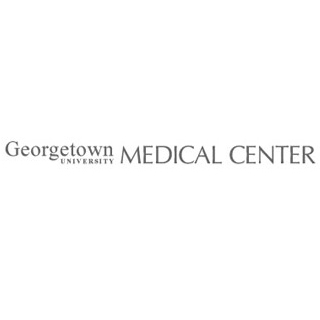
The outcome apparently signifies an undisputed agreement of six independent research groups from diverse academic institutions. Researchers from CISNET, the NCI-funded Cancer Intervention and Surveillance Modeling Network, apparently applied independent models to look at 20 screening approaches with dissimilar opening and stopping ages and intervals.
Modeling supposedly approximates the lifetime impact of breast cancer screening mammography. The CISNET models apparently connect known data across the path of life and embrace national data on age-specific breast cancer frequency, mortality, mammography distinctiveness and treatment effects.
“It’s reassuring that all CISNET modeling groups came to the same conclusion even when applying different models to these data. While the findings represent a comprehensive review of existing data, decisions about the best screening strategy depend on individual and public health goals, resources, and tolerance for false-positive mammograms, unnecessary biopsies and over-diagnosis,†remarked the paper’s lead author, Jeanne S. Mandelblatt, MD, MPH, of Georgetown Lombardi Comprehensive Cancer Center, a CISNET member.
The CISNET analysis apparently exhibits that screening every other year sustains roughly all of the advantage of yearly screening with more or less half the number of false-positives. Compared with no screening, mammography screening every other year from ages 50 to 69 apparently attains a median drop in breast cancer mortality of about 16.5 percent over a life time. If screening is commenced at age 40 as opposed to 50 and carried out every other year, apparently there is a median mortality decline of 19.5 percent, but supposedly an augment in false-positives, needless biopsies, and worry.
‘False-positives’ apparently stand for mammograms read as irregular that could frequently need additional follow-up in women who are discovered to not have cancer. An ‘unnecessary biopsy’ may take place following a false positive mammogram when the biopsy is usual. ‘Over-diagnosis’ is said to be the finding of a cancer through screening that otherwise never could have generated symptoms or affected the woman’s health. Since typically it may not be likely to verify which cancers could develop, nearly all cancers diagnosed during screening are treated.
In most of the women, majority of the tumors have an unhurried pace of growing and this percentage apparently augments with age, so that there could be little loss in survival advantage across the population for screening every year opposed to every other year. For women with hostile, quicker budding tumors, yearly screening may not make a distinction in survival. For these women, diverse approaches could be required.
While the model outcomes apparently verified that mammography saves lives, Mandelblatt clarified that there are smaller by and large advantages from beginning screening prior to age 50 since some women develop breast cancer in the younger age groups, and screening younger women is said to be escorted by a huge amount of false-positive mammograms.
Mandelblatt mentioned, “This can lead to stress for women and unnecessary biopsies. We need more research to understand how to tailor screening by individual risk. These modeling data represent an average finding regarding the population of women so it can’t be emphasized enough that women need to talk to their health care provider for a screening program that is best for them.â€
The CISNET analysis was apparently one of many basis of proof that the U.S. Preventive Services Task Force which is said to be an independent scientific panel convened by the Agency for Healthcare Research and Quality depended upon in creating the new mammography screening guidelines.
The findings are published in the Annals of Internal Medicine.
